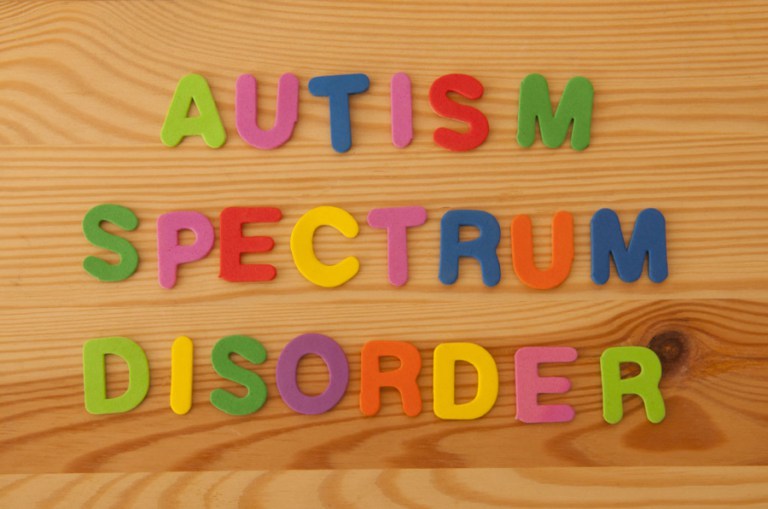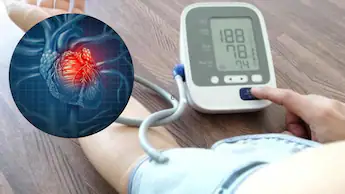
The word “autism” was gotten from the Greek word “autos” meaning “self”. A Swiss psychiatrist, Eugen Bleuler was the first person to use the term. Autism Spectrum Disorder (ASD) and autism are general terms for a group of complex disorders of brain development,it is called a spectrum because of the degree of impairment(communication skills,social interactions,repetitive and stereotyped patterns of behavior)and wide range of symptoms it has on children,some are mildly affected while others are several disabled.
Autism Spectrum Disorders can often be reliably detected at the age of 3 years in some cases as early as months. Parents are usually the first to notice unusual behaviors in their child.
SIGNS AND SYMPTOMS OF ASD (Autism Spectrum Disorder)
The autism spectrum disorders are more common in the pediatric population. The earlier the disorder is diagnosed,the sooner the child can be helped through treatment interventions, Pediatrician,family physicians,daycare providers and parents may initially dismiss signs of ASD,below are possible indicators of Autism Spectrum Disorders;
-Does not babble ,point or make meaningful gestures by 1 year of age.
-Does not speak one word by months
-Does not combine two words by 2 year
-Does not respond to name
SOCIAL SYMPTOMS OF AUTISM SPECTRUM DISORDER (ASD)
Infants are social beings,early in life they gaze at people,turn towards voices,grasp a finger and even smile.
In-contrast, most children with ASD seem to have tremendous difficulty learning to engage in the give-and-take of every day human interaction. Even in the first few month of life many do not interact and they avoid eye contact ,while some are slower in learning to interpret what others are thinking and feeling.
People with ASD have difficulty seeing things from another persons perspective. Most 5 year old understand that older people have different information, feelings and goals. A person with ASD may lack such understandings this inability leaves them Unable to predict or understand other people’s actions.
The individual with ASD might also be disruptive and physically aggressive at times make social relationship skill difficult. They have a tendency to “lose control”,particularly when they are in a strange or overwhelming environment,in their frustration, some bang their heads pull their hair or bite their arms.
Problems Associated With Autism Spectrum Disorder
Sensory Problems
When children’s perceptions are accurate,they can learn from what they see,feel or hear on the other hand if sensory information is faulty the child’s experiences of the world can be confusing.
In ASD the brain seems unable to balance the senses appropriately. An ASD child may fall and break and arm,yet never cry,another may bash his head against a wall and not wince?but a light touch may make the child scream with alarm
Mental Retardation
Many children with ASD have some degree of mental impairment.When tested some areas of ability may be normal while others may be weak
Seizures
One in four children with ASD develops seizures,often starting either in early childhood or adolescence. Seizures can be caused by abnormal electrical activity in the brain,which can produce a temporary loss of consciousness (a”blackout).
In most cases seizures can be controlled by a number of medicines called “anti-convulsants”.
Communication Difficulties
By age 3,most children have passed predictable milestones on the part to learning language, one of the earliest is babbling. By the first birthday, a typical toddler says words,turns when he hears his name,points when he wants a toy and when offered something distasteful,makes it clear that the answer is no.
Some children diagnosed with ASD remain mute through out their lives,some infants who later show signs of ASD and babble during the first few months of life but they soon stop. While others may be delayed developing language as late as age 5 to 9.
Also children with ASD learn to use communication systems such as pictures or sign languages
Some ADD children sometimes parrot what they hear,a condition called echolalia,although many children with no ASD go through a stage where they repeat what they hear,it normally passes by the time they are 3.
Without meaningful gestures or language to ask for something people with ASD are at a a loss to let others know what they need. As a result they May simply scream or grab what they want until they are taught better ways to express their needs.
DIAGNOSIS OF AUTISM SPECTRUM DISORDER
Although there are many concerns about labeling a young child with an ASD, the earlier the diagnosis of ASD is made, the earlier needed interventions can begin.
In evaluating a child,clinicians rely on behavioral characteristics to make a diagnosis. The diagnosis requires a two-stage process. The first stage involves developmental screening during ‘well child’ check-ups;the second stage entails a comprehensive evaluation by multidisciplinary team.
Screening
A” well child” check up should include a developmental screening test. If your child’s pediatrician does not routinely check your child with such test,ask that it be done. Your own observations and concerns about your child’s development will be essential in helping to screen your child.
Several screening instruments have been developed to quickly gather information about a child’s social and communicative development within medical settings. Among them are the checklist of Autism in Toddlers (CHAT),the modified checklist of Autism in Toddlers (M-CHAT),and the social communication questionnaire (SCQ).
If following the screening process or during a routine “well child”check-up,your child’s doctor sees any of the possible indicators of ASD, further evaluation is indicated
Comprehensive Diagnostic Evaluation
The second stage of diagnosis must be comprehensive in order to accurately rule in or out an ASD or other developmental problem. This evaluation may be done by a multidisciplinary team that includes a psychologist,a neurologist,a psychiatrist,a speech therapist, or other professional who diagnose children with ASD.
Because ASDs are complex disorders and may involve other neurological or genetic problems,a comprehensive evaluation should entail neurological and genetic assessment,along with in-depth cognitive and language testing. In addition, measures development specifically for diagnosing autism are often used. These include the autism Diagnosis Interview-Revised (ADI-R)and Autism Diagnostic Observation Schedule (ADOS-G). The ADI-R is a structure interview that contains over 100 items and is conducted with a caregiver. It consists of four main factor-the child’s communication,social interaction, repetitive behaviors, and age-of-onset symptoms. The ADOS-G is an observational measure used to press for socio-communicative behaviors that are often delayed, abnormal, or absent in children with ASD.
Although parents may have been aware that something was not quite right their child,when the diagnosis is given ,it is a devastating blow. At such time, it is hard to stay focused on asking questions. But while members of the evaluation team are together is the best opportunity the parents will have to ask questions and get recommendations on what further steps they should take for their child. Learning as much as possible at this meeting is very important,but it is helpful to leave this meeting with the name or names of professionals who can be contacted if the parents have further questions.






